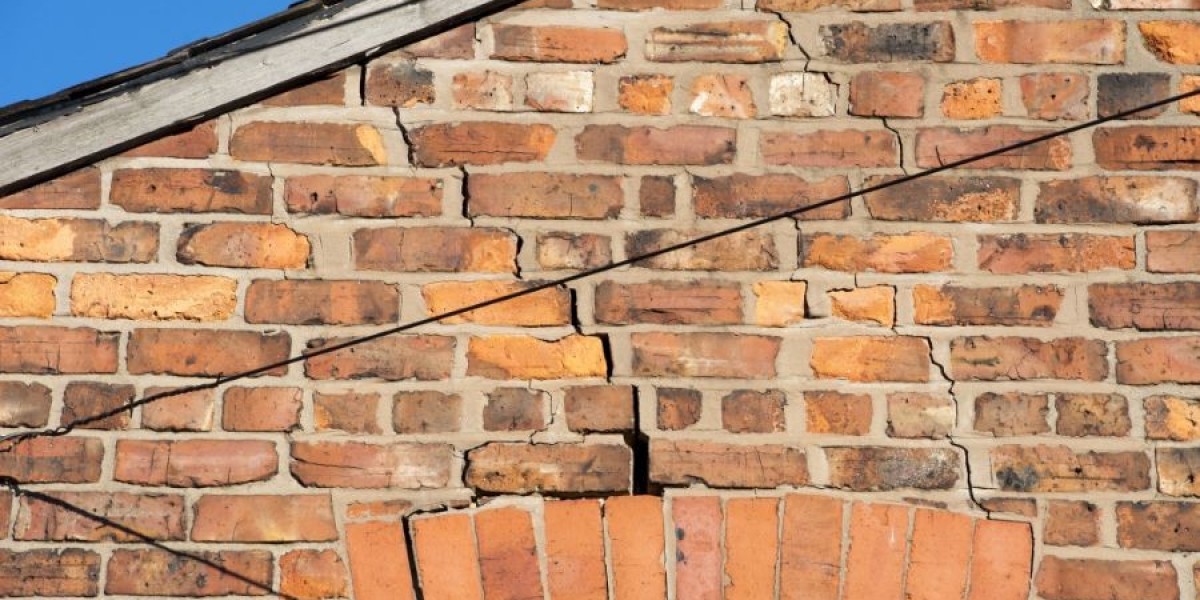What Is a Dilapidations Survey?
A dilapidations survey is a thorough inspection of a commercial property to evaluate its physical condition and compliance with lease obligations. It typically occurs at the conclusion of a lease agreement but can also be performed during the lease term. The purpose of the survey is to determine if the tenant has adhered to the maintenance and repair requirements stipulated in the lease and to identify any work that needs to be undertaken before the property is returned to the landlord.
The results of a dilapidations survey can lead to the creation of a dilapidations schedule, which outlines the specific repairs needed and serves as a foundation for negotiations between landlords and tenants.
Why Dilapidations Surveys Are Crucial in Commercial Property Management
1. Legal Compliance and Protection
For landlords, a dilapidations survey provides a legal framework to ensure that properties are returned in the condition agreed upon in the lease. Landlords have the right to expect that their property will be maintained adequately, and the survey acts as a safeguard against tenants failing to meet these obligations. In case of disputes, the survey serves as a vital piece of evidence to support claims for damages or repairs.
On the flip side, tenants benefit from having a clear understanding of their responsibilities. By knowing what is required to fulfill their lease obligations, tenants can avoid potential legal complications and financial penalties.
2. Financial Implications
For landlords, understanding the costs associated with restoring a property to its original condition is essential for effective financial planning. A dilapidations survey identifies necessary repairs, allowing landlords to budget appropriately and minimize unexpected expenses.
For tenants, being aware of their repair responsibilities can help manage cash flow and prepare for any financial implications associated with the end of the lease. This foresight can prevent disputes and ensure a smoother transition out of the property.
3. Preventing Disputes and Enhancing Relationships
A dilapidations survey helps facilitate open communication between landlords and tenants. By identifying potential issues early, both parties can engage in discussions to resolve concerns amicably. When tenants receive the survey results, they have an opportunity to address any outstanding maintenance tasks before they vacate, reducing the likelihood of disagreements.
Positive relationships between landlords and tenants can significantly impact property management. A proactive approach to addressing dilapidations fosters goodwill, which may lead to longer lease terms and more favorable negotiations in the future.
The Dilapidations Survey Process
1. Initial Consultation
The dilapidations survey process begins with an initial consultation between the property manager, landlord, and surveyor. During this meeting, the scope of the survey is discussed, and any specific concerns related to the property are raised. Understanding the lease terms is crucial, as it will inform the surveyor’s assessment.
2. Site Inspection
Next, the surveyor conducts a thorough site inspection. This involves assessing both the interior and exterior of the property, examining various elements, including:
- Structural components (walls, roofs, foundations)
- Mechanical systems (heating, plumbing, electrical)
- Fixtures and fittings (windows, doors, flooring)
- Outdoor areas (landscaping, signage, parking)
The surveyor documents the condition of each component, noting any areas requiring repair or maintenance.
3. Reporting Findings
Following the inspection, the surveyor compiles a detailed report outlining their findings. This report includes:
- A description of the current state of the property
- Any breaches of the lease agreement regarding maintenance
- A schedule of recommended repairs and estimated costs
This report serves as the basis for negotiations between the landlord and tenant.
4. Negotiation and Resolution
After the dilapidations report is delivered, landlords and tenants can negotiate based on its findings. The survey serves as a clear reference point for discussions about repairs, financial compensation, and timelines for completion.
Key Considerations for Effective Dilapidations Management
1. Engage Qualified Surveyors
Choosing a qualified surveyor with expertise in commercial properties is critical. A competent surveyor will provide a detailed and impartial assessment, ensuring the survey is reliable and comprehensive.
2. Timing of the Survey
Conducting a dilapidations survey well in advance of the lease end date allows tenants to address any identified issues before vacating. This proactive approach minimizes costs and potential disputes.
3. Maintaining Documentation
Both landlords and tenants should keep detailed records of property conditions, maintenance work, and communications related to repairs. This documentation can serve as a valuable resource during the dilapidations process, supporting claims and facilitating negotiations.
4. Understanding Lease Obligations
Clear understanding of lease obligations is essential for both parties. A solid grasp of responsibilities helps avoid confusion and ensures that both landlords and tenants can manage their expectations effectively.
Conclusion
In conclusion, dilapidations surveys are an essential component of effective commercial property management. They not only ensure legal compliance and protect the interests of both landlords and tenants, but also help prevent disputes and promote positive relationships. By engaging qualified surveyors and following a thorough process, property managers can navigate the complexities of dilapidations efficiently, leading to successful outcomes for all parties involved. Whether you are a landlord or a tenant, understanding the importance of dilapidations surveys is crucial for maintaining property value and fostering a cooperative leasing environment.


